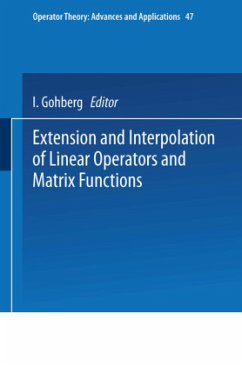The classicallossless inverse scattering (LIS) problem of network theory is to find all possible representations of a given Schur function s(z) (i. e. , a function which is analytic and contractive in the open unit disc D) in terms of an appropriately restricted class of linear fractional transformations. These linear fractional transformations corre spond to lossless, causal, time-invariant two port networks and from this point of view, s(z) may be interpreted as the input transfer function of such a network with a suitable load. More precisely, the sought for representation is of the form s(Z) = -{ -A(Z)SL(Z) + B(z)}{ -C(Z)SL(Z) + D(z)} -1 , (1. 1) where "the load" SL(Z) is again a Schur function and _ [A(Z) B(Z)] 0( ) (1. 2) Z - C(z) D(z) is a 2 x 2 J inner function with respect to the signature matrix This means that 0 is meromorphic in D and 0(z) J0(z) ::5 J (1. 3) for every point zED at which 0 is analytic with equality at almost every point on the boundary Izi = 1. A more general formulation starts with an admissible matrix valued function X(z) = [a(z) b(z)] which is one with entries a(z) and b(z) which are analytic and bounded in D and in addition are subject to the constraint that, for every n, the n x n matrix with ij entry equal to X(Zi)J X(Zj ) i,j=l, . . .





